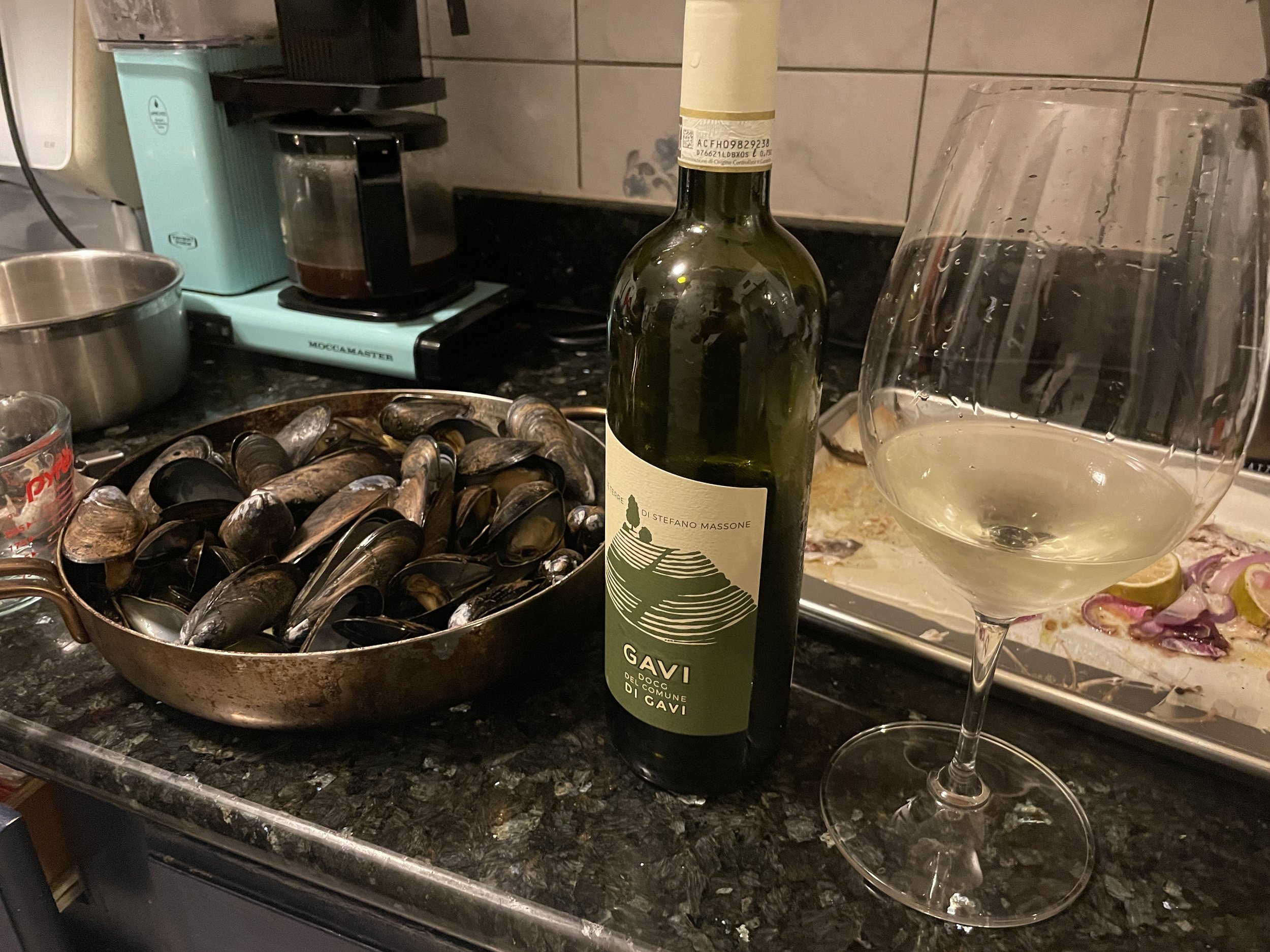Northern Italy spotlight: Gavi
A few weeks ago, I poured wines for an event highlighting the wine producers of Gavi, a small region in Piedmont. Gavi isn’t as well known in the U.S. as other white wine producing regions, and it’s not something you’ll find at the front of the store for when you’re searching for a white wine to go with tonight’s fish.
That’s a shame, because Gavi wines can be fantastic, especially for the price. They’re absolutely worth digging around at the back of the shop. I’m delighted to share what I’ve learned about Gavi wines this year.
Where is Gavi?
Gavi is a winegrowing area in southeastern Piedmont near the border of Liguria. Its proximity to the ocean means that the vines are cooled by sea breezes, lengthening the growing season and allowing grapes to maintain their acidity levels.
Though the wine region of Gavi takes its name from its principal comune (municipality), wine labeled “Gavi” can be grown in any of 11 comunes, including not only the comune of Gavi but in any of 11 surrounding comunes; it can also be a blend of multiple comunes. Gavi’s production area is small—in fact, the area under vine in Gavi totals only about 1600 hectares.
What’s grown in Gavi?
Gavi wines are made from Cortese, a highly acidic white grape grown almost exclusively in Piedmont. While a few other areas of the world (such as Australia) have taken a crack at growing Cortese, Piedmont is where you’ll find the vast majority of plantings.
What does Gavi taste like?
Gavi typically features citrus (especially lime), apple, almond, and mineral notes. It’s usually medium-bodied and bracingly tart, and its crisp style makes for a great match with seafood. I paired it with garlicky, buttery mussels and roasted bluefish. The wine’s refreshing, bright style cuts the fat in seafood dishes cooked with oil or butter, and it’s acidic enough not to turn flabby and flat even paired with acidic dressings, dips, or soups.
Here are some delicious, affordable Gavi wines to try this fall:
Magda Pedrini Gavi del Comune di Gavi "Magda"
Next in this series: underappreciated grapes and producers from Alto Adige.


